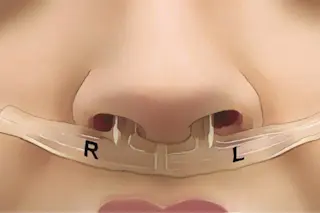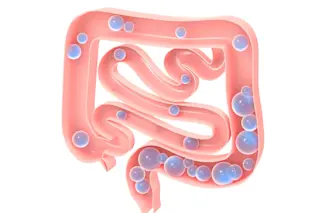On certain days my Tampa office turns into a shelter of sorts for those who are lost without a diagnosis, and when I first saw Debbie a year ago she appeared to be the most stranded of all. A 49-year-old mother of four, she looked tired, like a pelican stuck on top of a pole in the gulf, uncertain as to whether she could ever fly home.
Debbie was anxious and desperate for answers. She had a growth on her face that had been there for a year; she told me that it “itches and bleeds.”
I performed a routine biopsy and found she had a basal cell skin cancer. When the lab report came back I also found that my initial biopsy had removed all of the cancer and that the margins were clear. I was as pleased as Debbie that no more work seemed necessary.
But on her ...














